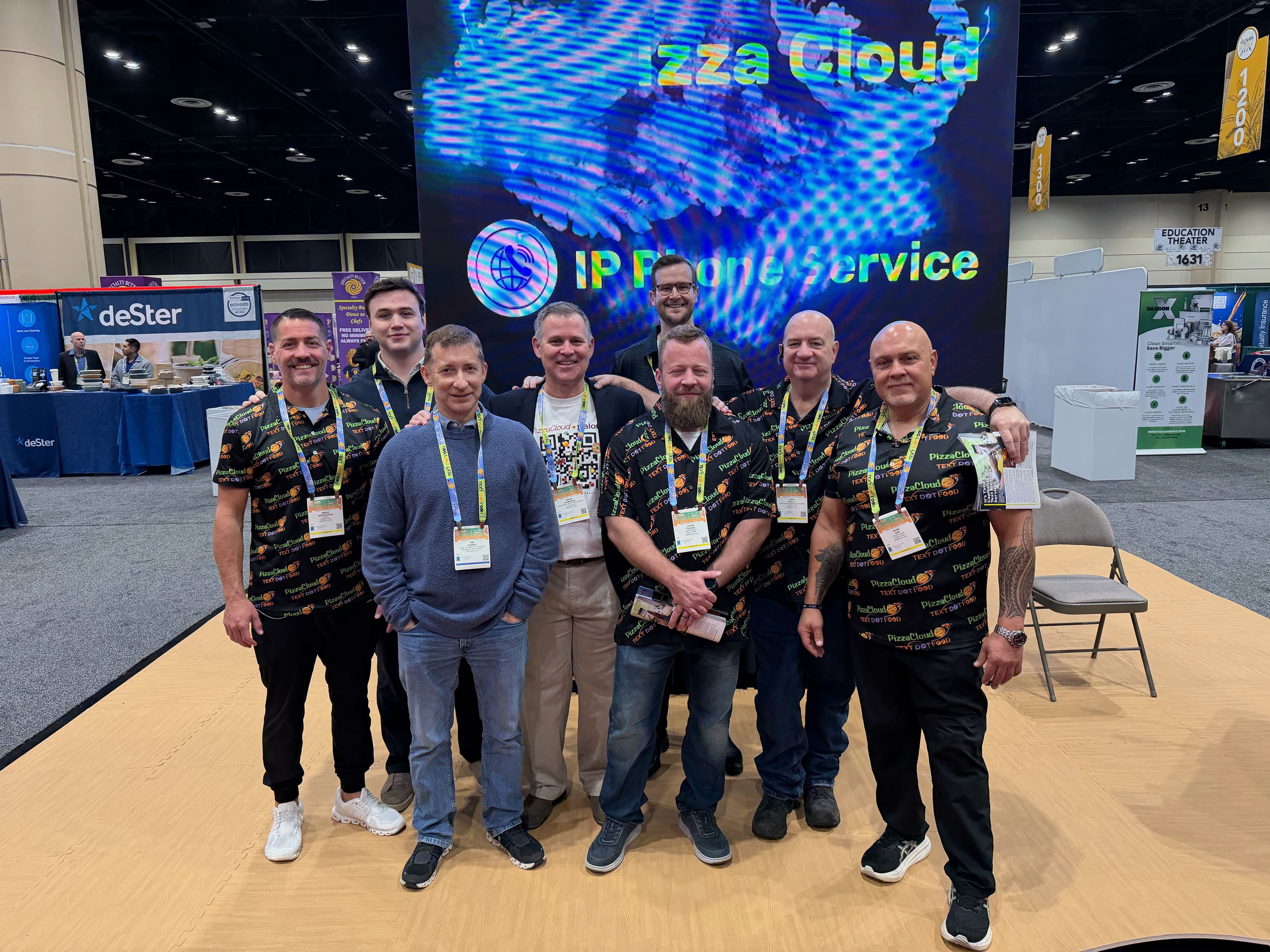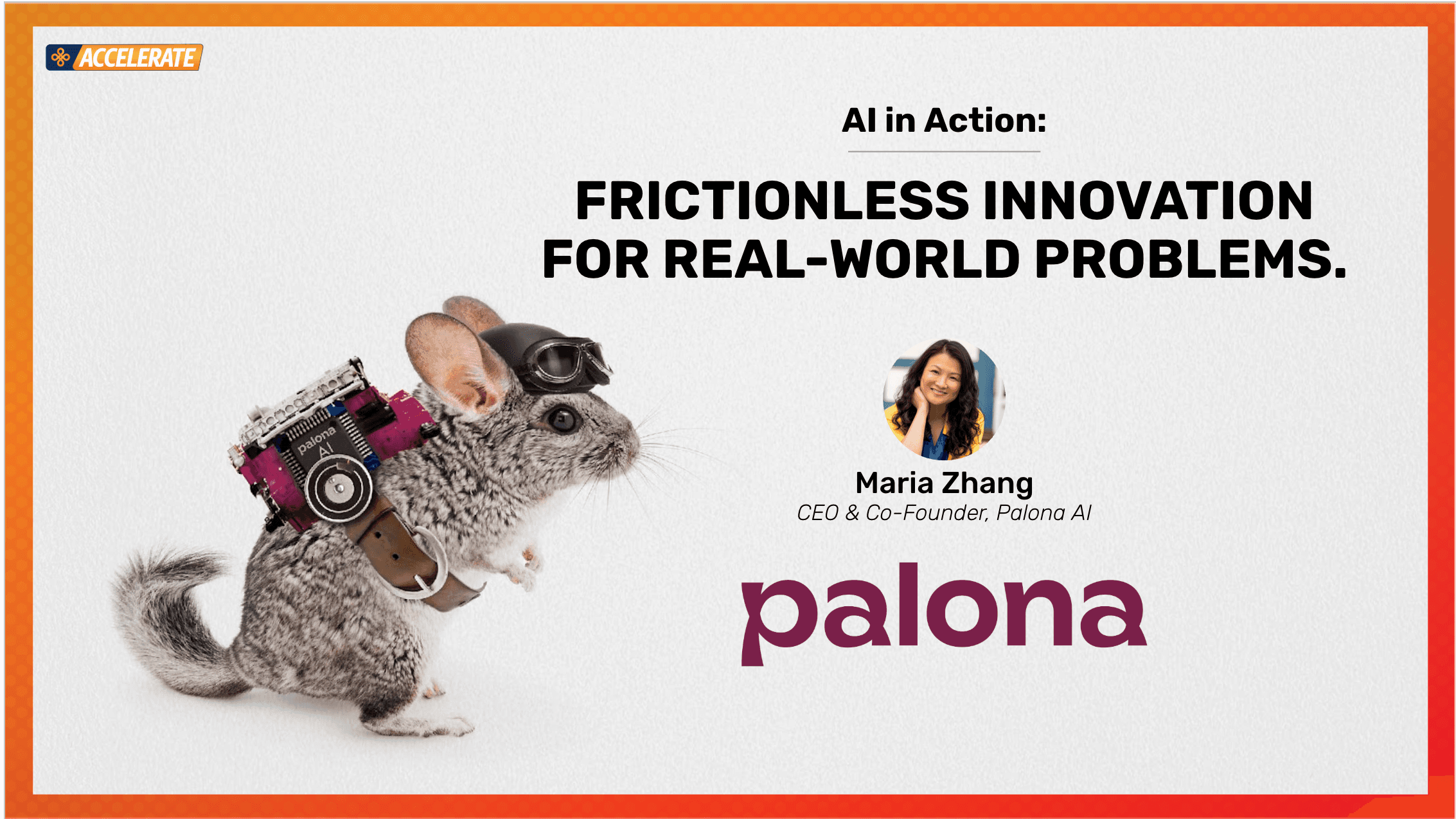The Nation’s Restaurant News Market Leader Report Is Here: 80% of Operators Are Increasing AI Investment

Artificial intelligence is no longer a buzzword in the restaurant industry. It’s fast becoming the foundation for how modern operators run, grow, and differentiate their businesses.
That’s the key message behind The Restaurant AI Playbook, the latest Market Leader Report from Nation’s Restaurant News and Restaurant Business. The report draws on surveys from nearly 500 restaurant operators and reveals a striking shift: restaurant leaders aren’t asking if they should use AI—they’re deciding where to start first.
As part of the research launch, I joined the NRN Webinar “Real Strategies for AI in Restaurants” to explore what’s driving adoption, where operators see tangible ROI, and how to navigate the human side of implementation.
The Numbers Tell a Story of Momentum
The report’s findings paint a clear picture of an industry at an inflection point:
- 1 in 3 operators already use some form of AI, with another 48% interested in adopting it soon
- Among AI adopters, 80% plan to increase investments over the next year—an enormous leap
- The top three drivers: time savings, operational efficiency, and forecasting accuracy
Operators are seeing AI less as a futuristic experiment and more as a practical toolkit for solving everyday problems—from automating inventory tracking to answering missed calls to predicting staffing needs before rushes hit.
The Two Questions That Determine Success
Despite growing adoption, the most common question I hear remains simple: “How do I know if AI is actually worth it?”
The answer requires thinking beyond the invoice. Success comes down to two fundamental challenges every operator faces:
Can I genuinely enhance hospitality through technology? This requires honest assessment of where friction exists in your operation and whether technology can remove it without compromising guest experience.
How do I gracefully manage this change through my organization? Even beneficial changes create resistance. Planning for how you’ll support your team through transition determines whether AI becomes a competitive advantage or an expensive experiment that quietly gets abandoned.
Two Paths Forward: Revolutionary vs. Evolutionary
The revolutionary path means taking ten steps forward at once—new workflows, new systems, comprehensive training. Some restaurants are using robots in kitchens and experimenting with drone delivery. It takes courage and works for some operations.
The evolutionary path means starting small. You identify your biggest pain points—tasks that are repetitive or humanly impossible. Your team can’t answer five phone calls simultaneously, so you deploy AI to handle the calls you can’t get to, capturing opportunities that would otherwise be lost.
For most operators, I recommend the evolutionary approach. Start with technology that embeds into your existing workflow rather than requiring massive changes all at once.
Calculating True ROI: The Costs Beyond the Invoice
The report shows operators evenly split between those prioritizing time and cost savings and those focused on growing traffic and sales. The most impactful AI-driven improvements came from:
- Data analysis and reporting (44%) – freeing managers from spreadsheets
- Time savings for hourly staff (34%) – offloading tedious tasks
- Menu, loyalty, and forecast optimization (27%) – translating insights into profitability
But here’s what the invoice doesn’t show: invisible costs that blindside operators. Employee training time. Reprinting menus. Updating signage. Adjusting workflows. These expenses accumulate quickly and often exceed visible costs.
My standard: you should see multiples of return. If you’re investing $100 and only getting $20 back, it doesn’t clear the bar. But factor in indirect benefits—reduced staff stress, more freedom to focus on hospitality, higher satisfaction, lower turnover. As I shared during the webinar, “We remove friction so you can deliver better guest experiences and the joyful moments that define hospitality.”
The Most Encouraging Finding: AI Supports Teams
Perhaps the report’s most important insight: 91% of operators expect to maintain or increase their headcount in the next 12 months.
Restaurants are using AI to support their teams, not shrink them. The majority are investing in upskilling existing employees rather than replacing staff with automation.
True digital transformation happens when technology handles mechanical tasks so people can focus on what they do best—connecting with guests.
The Industry Shift Already Underway
Historically, large corporations led digitization. Fast forward to 2025, and the pattern has flipped. Independent operators are embracing technology aggressively and pushing the industry forward.
As I noted in my interview for the report: “This round of AI revolution will be more fundamental than the digitization we went through, from paper menus to online ordering to delivery.” We’re changing how restaurants operate at the most fundamental level.
The operators positioned to lead aren’t those with the most technology. They’re the ones who understand how to calculate true value, manage change without overwhelming their teams, and deploy AI in ways that amplify the human elements that make dining experiences worth remembering.
Start small enough to learn. Measure carefully to understand what’s working. Scale deliberately once you have proof.
Get the Full Report
The Restaurant AI Playbook Market Leader Report 2025 is available exclusively by request. To access the full findings and Market Leader Spotlights, email info@palona.ai with the subject line “AI Market Leader Report Request.”
Maria Zhang
CEO, Palona AI

